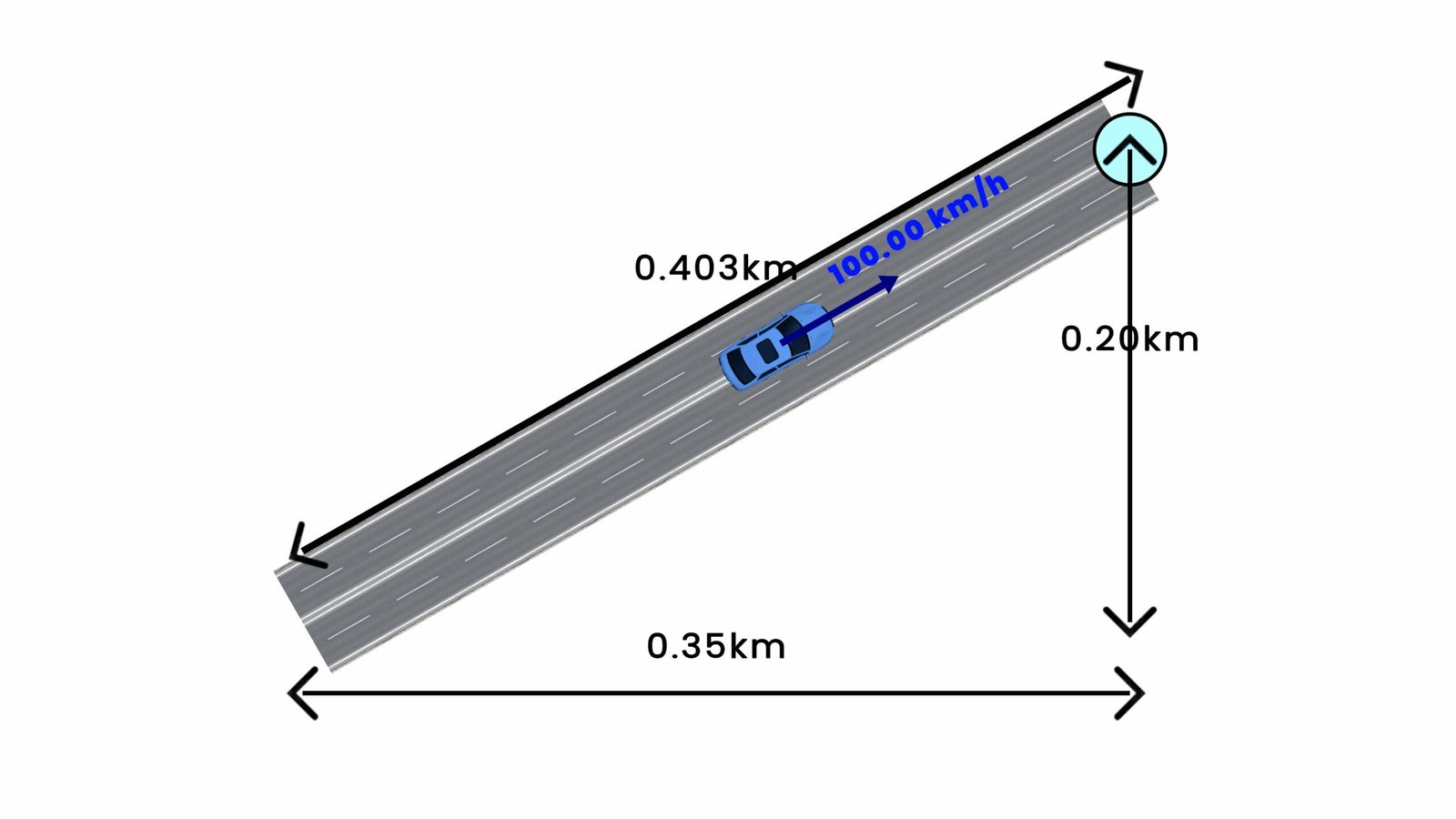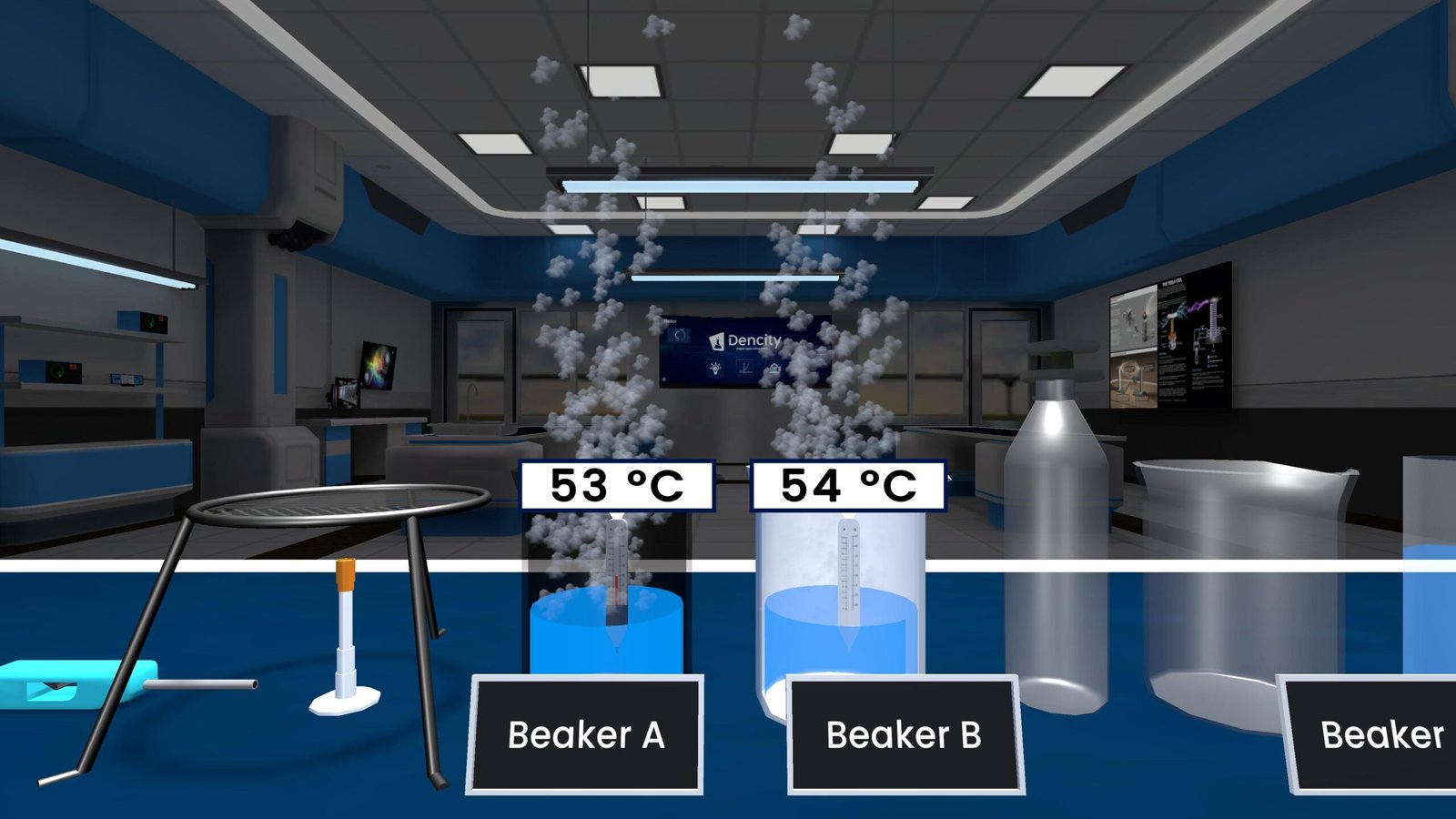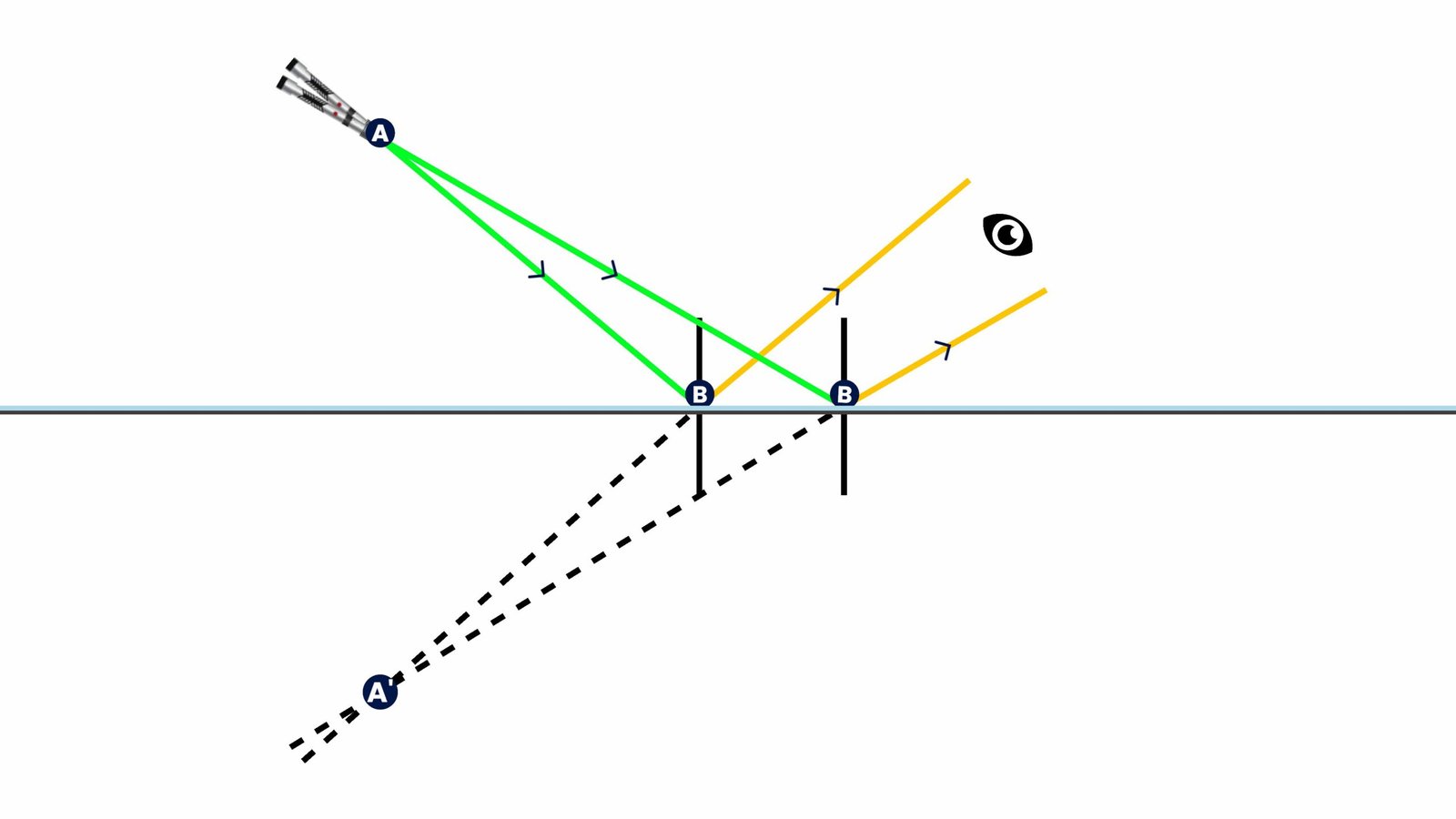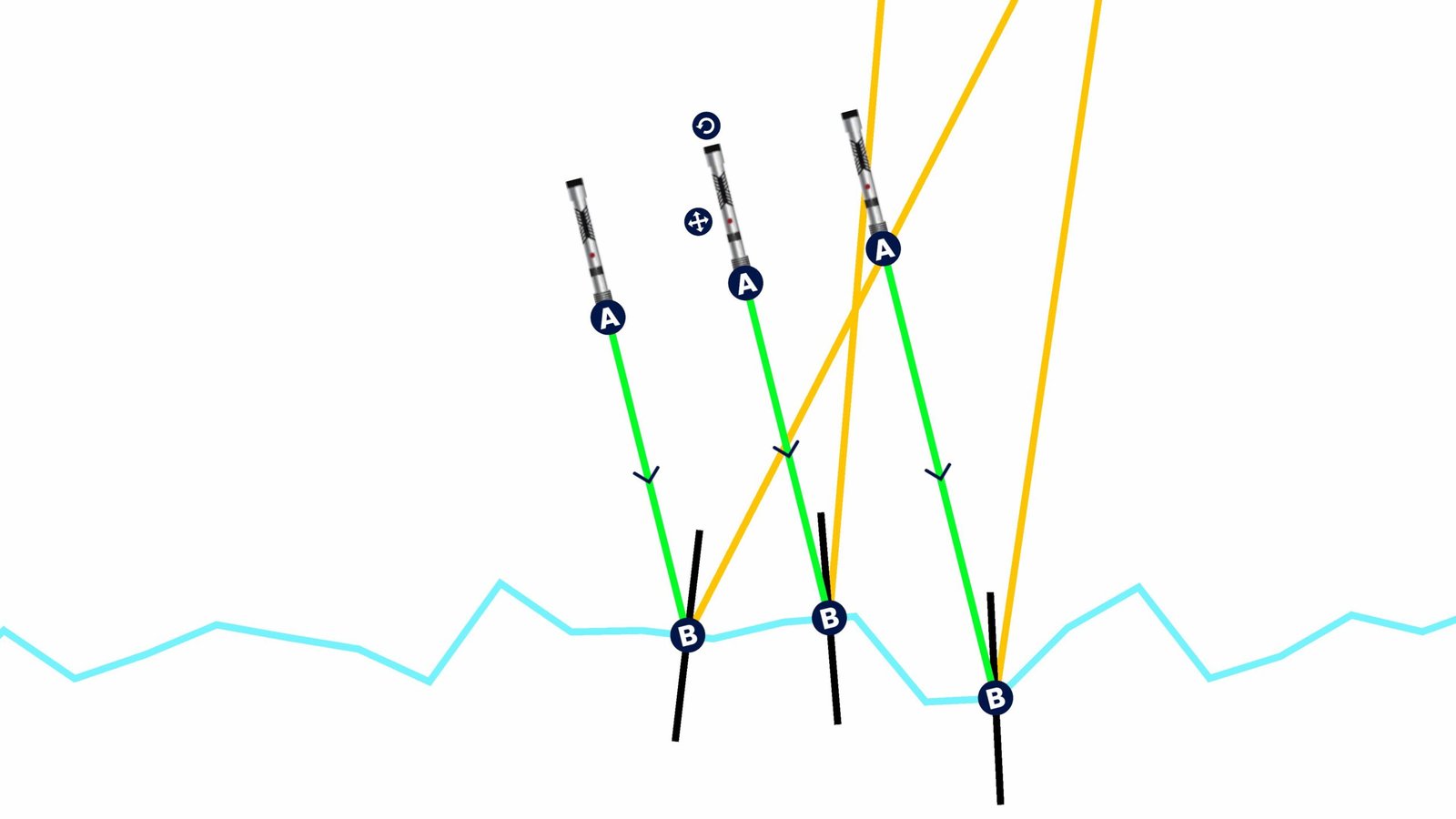Velocity
Understanding the relationship between displacement, velocity, and time is one of the most important foundations of physics. This experiment demonstrates how the motion of an object (like a car) can be described mathematically and predicted accurately when the velocity is constant.
Explanation of the Concept
Velocity is the rate at which displacement changes with respect to time. Displacement refers to the shortest distance between an object’s initial and final position, considering direction. The connection between these three quantities can be expressed as:
- Velocity = Displacement / Time
- Time = Displacement / Velocity
This means that if we know the distance a car travels (displacement) and its speed (velocity), we can calculate how long it will take (time).
Key Observations from the Experiment:
- If displacement increases, the time taken also increases (assuming velocity is constant).
- If velocity increases, the time taken decreases.
- If velocity is zero, time becomes infinite or undefined, because no movement occurs.
- A negative velocity indicates motion in the opposite direction.
Real-Life Applications:
- Estimating travel times on highways.
- Planning delivery and logistics routes.
- Designing robotics and automation systems where precise timing is needed.
Learning This Experiment in Dencity
With the Dencity Virtual Science Lab, students can perform the Displacement, Velocity and Time Experiment in a fully interactive environment. Instead of just reading formulas in a textbook, they can change displacement and velocity values in real-time and instantly see how time is affected.
- Available on Android, iOS, and Desktop.
- Safe, cost-efficient, and highly engaging.
- Ideal for Class 9 to Class 12 science students who want to strengthen their understanding of motion.
This hands-on virtual setup allows learners to visualize the motion graphically and connect equations with practical situations, which makes learning more meaningful.
Dencity for Teachers
Dencity is designed with interactive teaching in mind. Teachers can:
- Demonstrate the Displacement, Velocity and Time Experiment live in class.
- Use interactive touch panels for smooth real-time teaching.
- Allow students to take control of the virtual experiment, making lessons collaborative.
- Assign homework and assessments directly within the app and track student progress.
By using Dencity, teachers bring physics concepts to life, making students actively participate rather than passively listen.
Why Choose Dencity?
- Virtual science lab with realistic simulations.
- Works on interactive touch panels in classrooms.
- Eliminates the need for costly lab setups.
- Provides instant results with step-by-step solutions.
If you are an educational institution looking to modernize your science teaching methods, contact us today for customized pricing or a demo.
Frequently Asked Questions (FAQs)
- What is displacement?
Displacement is the shortest distance between the starting and ending point of an object, considering direction. - What is the difference between speed and velocity?
Speed is the rate of motion without direction, while velocity includes both speed and direction. - What happens if velocity is doubled?
If velocity doubles, the time taken for the same displacement is reduced by half. - Why does time become infinite if velocity is zero?
Because without movement, the object will never cover the displacement, so time cannot be defined. - Can velocity be negative?
Yes, a negative velocity simply means motion in the opposite direction. - Is this experiment useful in real life?
Yes, it is used in travel planning, delivery scheduling, and robotics. - Which class does this experiment belong to?
This experiment is commonly taught in Class 9 science. - Can this experiment be done without a lab?
Yes, using the Dencity app, it can be performed virtually on any device. - How does Dencity help teachers?
It provides an interactive teaching platform, allowing real-time demos, student participation, and automatic homework tracking. - Can schools run Dencity on smart panels?
Yes, Dencity works seamlessly on interactive touch panels, making classroom teaching more engaging.







